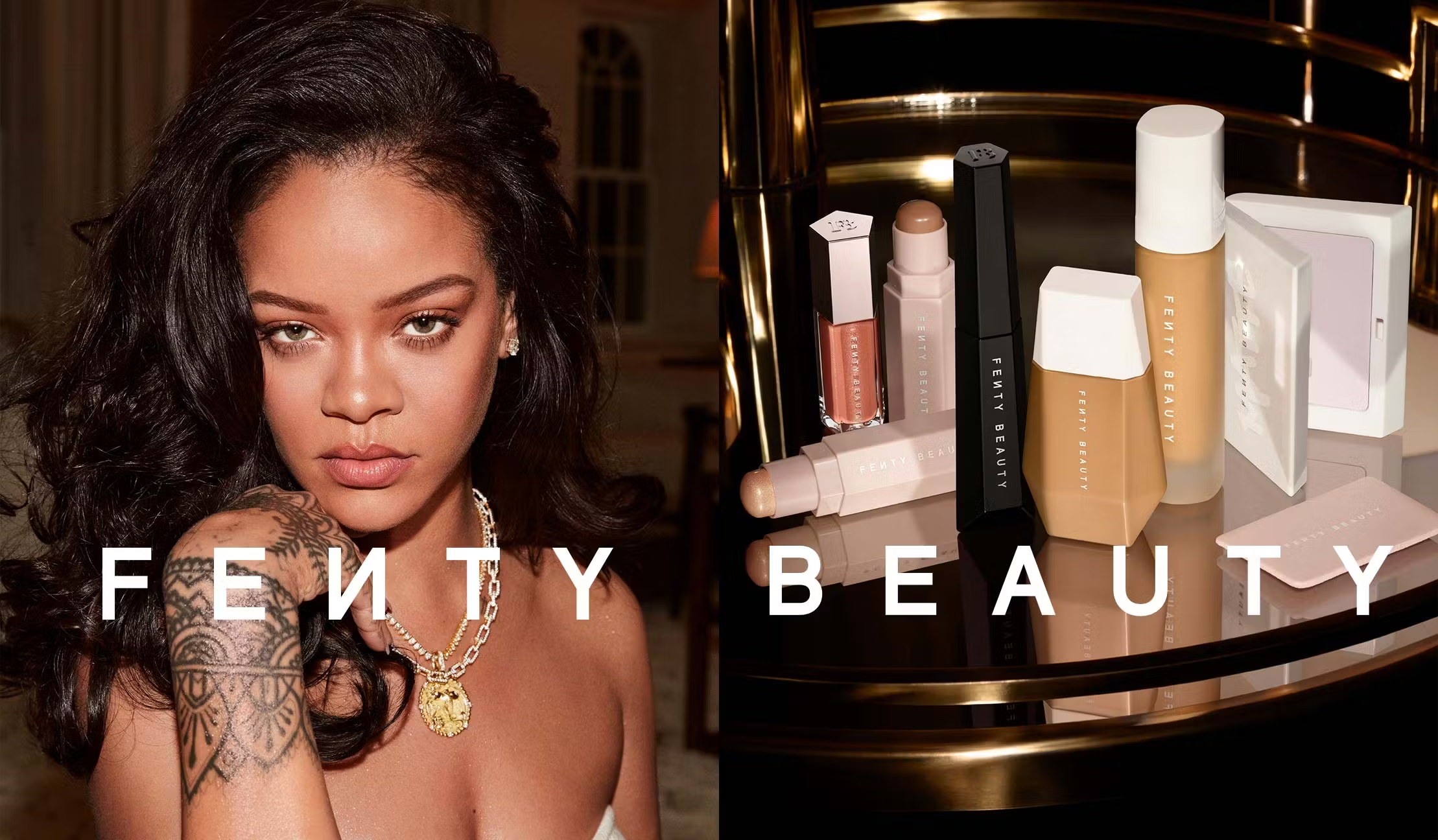Rihanna’s achievement as the first Black woman to helm two distinct billion-dollar brands—Fenty Beauty and Savage X Fenty—signals a pivotal shift in how cultural icons monetize influence. With combined valuations surpassing $3.8 billion, these ventures exemplify the potency of celebrity-driven ecosystems in generating scalable enterprise value. Backed by strategic alliances and inclusive market strategies, they highlight evolving dynamics in consumer goods, from equity structuring to regulatory navigation, offering finance professionals a lens into high-growth personal brands.
Celebrity Influence as a Valuation Catalyst
Rihanna’s brands leverage her cultural cachet to compress traditional marketing timelines and amplify return on ad spend. Social platforms serve dual roles as discovery engines and direct sales conduits, where user-generated content and viral campaigns drive organic demand.
Fenty Beauty’s launch in 2017, for example, addressed a clear gap in shade inclusivity, capturing underserved segments and propelling the brand to over $1 billion in annual revenue. This influence not only lowers customer acquisition costs but also elevates brand equity, as evidenced by premium multiples in comparable beauty sector deals. Investors note that such resonance can yield 20 to 30 percent higher lifetime value per customer compared to non-celebrity peers.

Rihanna appears on a Fenty Beauty poster with her signature product line, reinforcing the visual identity of the brand that has driven billions in global revenue.
Equity Partnerships: Balancing Control and Scale
Central to Rihanna’s model are joint ventures that blend founder vision with corporate muscle. Fenty Beauty’s partnership with LVMH’s Kendo division—where Rihanna holds a 50 percent stake—delivers manufacturing scale and global reach, while recent reports indicate LVMH is exploring a potential sale of its share, underscoring the liquidity options in mature celebrity ventures.
Likewise, Savage X Fenty’s collaboration with TechStyle Fashion Group facilitates rapid e-commerce rollout and supply chain efficiency, with Rihanna retaining a 30 percent ownership. These structures mitigate founder risk through shared governance, yet demand rigorous equity agreements to safeguard IP rights. From a corporate finance standpoint, they enable three to five times faster market penetration than solo bootstrapping, per industry benchmarks from McKinsey consumer reports.
Disruptive Strategies and Market Share Gains
Fenty Beauty’s 50-shade foundation lineup disrupted a $500 billion global cosmetics industry, prompting incumbents like Estée Lauder to expand portfolios and invest in diversity metrics. Savage X Fenty similarly upended lingerie norms with extended sizing up to 4X, fostering loyalty in a $90 billion segment and achieving valuations exceeding $1 billion.
These moves illustrate how differentiation via inclusivity unlocks adjacent revenue—Fenty Skin and Fenty Hair now contribute meaningfully to the ecosystem. For analysts, this translates to defensible moats: brands with strong consumer advocacy often trade at eight to 10 times revenue multiples, outpacing category averages of four to six times.
Diversified Revenue and Operational Resilience
Rihanna’s portfolios emphasize multi-stream income to buffer sector headwinds. Fenty Beauty’s core cosmetics, now augmented by skincare and haircare, generated $550 million in its debut year and has since scaled to seven figures annually. Savage X Fenty blends subscription e-commerce with experiential retail, including high-profile runway integrations that boost conversion rates by 15 to 20 percent.
This diversification enhances EBITDA margins—typically 25 to 35 percent for direct-to-consumer beauty—and bolsters resilience, as seen during supply disruptions when digital channels offset physical retail dips. Such designs align with investor preferences for recurring revenue models in volatile consumer markets.

The Savage X Fenty logo set against a purple backdrop, representing the brand’s inclusive, fashion-forward identity and market presence.
Navigating Compliance in Global Expansion
Scaling celebrity brands invites heightened oversight from bodies like the U.S. Federal Trade Commission (FTC) on endorsement disclosures and the Securities and Exchange Commission (SEC) on equity reporting. Fenty Beauty adheres to FTC guidelines for influencer partnerships, ensuring transparent claims in social promotions, while Savage X Fenty complies with e-commerce standards under the Consumer Product Safety Commission.
Internationally, alignment with EU consumer protection directives and IP frameworks via WIPO protects against counterfeiting risks, which cost the sector $30 billion yearly. These protocols, though resource-intensive, fortify long-term viability by minimizing litigation exposure—critical for maintaining investor trust in high-visibility enterprises.
Strategic Horizons for Celebrity Ecosystems
Rihanna’s framework reveals how personal brands can rival legacy conglomerates in value creation, with implications for private equity in consumer tech and IP licensing. As digital natives demand authenticity, future trajectories may emphasize AI-driven personalization and emerging markets like Asia-Pacific, where beauty spending is projected to grow 7 percent annually through 2030.
For finance leaders, this model underscores the premium on founder-led governance: blending cultural IP with operational rigor to sustain 15 to 20 percent compound growth. It positions celebrity ventures not as fads, but as enduring assets in a $2 trillion global consumer landscape.
What People Are Asking About Rihanna’s Billion Dollar Brands
How do celebrity-led brands reshape industry competition?
They hasten innovation cycles, compel legacy players to diversify offerings, and elevate sector-wide valuation benchmarks through heightened consumer engagement.
What advantages do joint ventures offer in celebrity brand scaling?
They supply capital infusion, logistical expertise, and risk-sharing, enabling founders to preserve equity while achieving accelerated global distribution.
What regulatory challenges do these brands face?
They must navigate FTC and SEC rules on marketing transparency and financial disclosures, alongside international standards for product safety and IP enforcement.
Why does inclusivity drive financial outcomes in these ventures?
It taps latent demand in diverse demographics, builds retention through representation, and creates competitive edges that support superior revenue growth and multiples.














